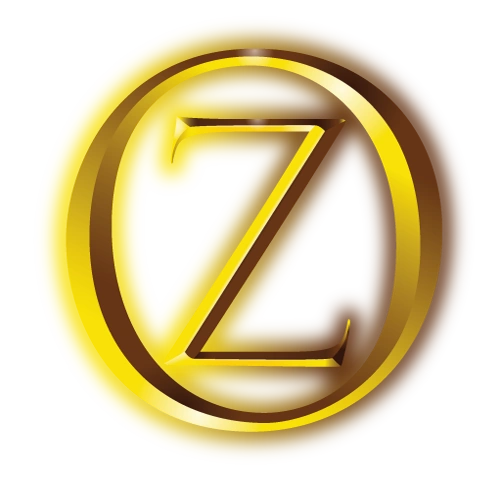The Show Window: A Journal of Practical Window Trimming for the Merchant and the Professional was the monthly trade journal started by L. Frank Baum in 1897. It was the first periodical devoted to its subject to appear in the United States.
Baum had planned this project for some time, but had encountered difficulties raising the needed financial backing. He solicited a loan from his brother-in-law William H. H. Neal, husband of his sister Harriet, but was rejected. In 1897 Baum's first literary effort, Mother Goose in Prose, was published by the Chicago firm of Way & Williams, and Baum was also able to get the financial support of partner Chauncey L. Williams for his trade magazine. The first issue of The Show Window was dated 1 November 1897.
Baum had never worked as a window trimmer; he drew upon his early experiences in the theater, as well as his five years' experience in the chinaware trade, for inspiration in window trimming. He advocated rich imagination and fantasy, and spaciousness as opposed to clutter. He was enthusiastic about mechanical displays that endowed window displays with motion, which forced passing crowds to stop and watch. Yet Baum also stipulated that the purpose of good-quality window dressing was to promote commercial success, to move merchandise and sell goods, rather than any aesthetic or other goal.
(Baum's periodical coincided with the department stores' installation of electric lights; the change from comparatively dim gaslight to comparatively dazzling electric light was in itself transformative, and made The Show Window a workable enterprise in a way it would not have been, ten years earlier.)
Baum wrote much of the periodical's text himself, but also sought contributions from fellow members of the Chicago Press Club. The magazine was illustrated with photographs of window displays (many of his own taking), plus artwork by the city's newspaper artists, including W. W. Denslow, who teamed with the author on Baum's successful early children's books.
Along with the journal, Baum also founded the National Association of Window Trimmers of America, and was chosen the secretary of the group's first convention in August 1898. The journal also produced an offshoot book, The Art of Decorating Dry Goods Windows and Interiors: A Complete Manual of Window Trimming, Designed as an Educator in All the Details of the Art, According to the Best Accepted Methods, and Treating Fully Every Important Subject (1900). One chapter of the book is devoted to color harmony and color theory (the same color theory that may have influenced The Wonderful Wizard of Oz).
After the failed enterprises of his South Dakota years, Baum's Bazaar and The Aberdeen Pioneer, Baum tasted welcome success with The Show Window. The project allowed him to quit his hated job as a traveling salesman and still support his family. Free of the burden of constant travel, he could concentrate his attention on other projects, like his books. He continued with the journal until his children's books, Father Goose and Wonderful Wizard, were popular hits. He then sold the journal: the last issue of The Show Window under Baum's editorship appeared on 15 October 1900.
In The Show Window, Baum "created a land of fraud and fantasy — in short, an anticipation of Oz." — Archie Green
References
- L. Frank Baum. The Annotated Wizard of Oz. Edited by Michael Patrick Hearn. New York, W. W. Norton, 2000.
- Sarah Burns. Inventing the Modern Artist: Art and Culture in Gilded Age America. New Haven, CT, Yale University Press, 1999.
- Archie Green. Tin Men. Champaign, IL, University of Illinois Press, 2002.
- Susan L. Mizruchi. The Rise of Multicultural America: Economy and Print Culture, 1896–1915. Chapel Hill, NC, University of North Carolina Press, 2009.
- Katharine M. Rogers. L. Frank Baum, Creator of Oz; A Biography. New York, St. Martin's Press, 2002.
